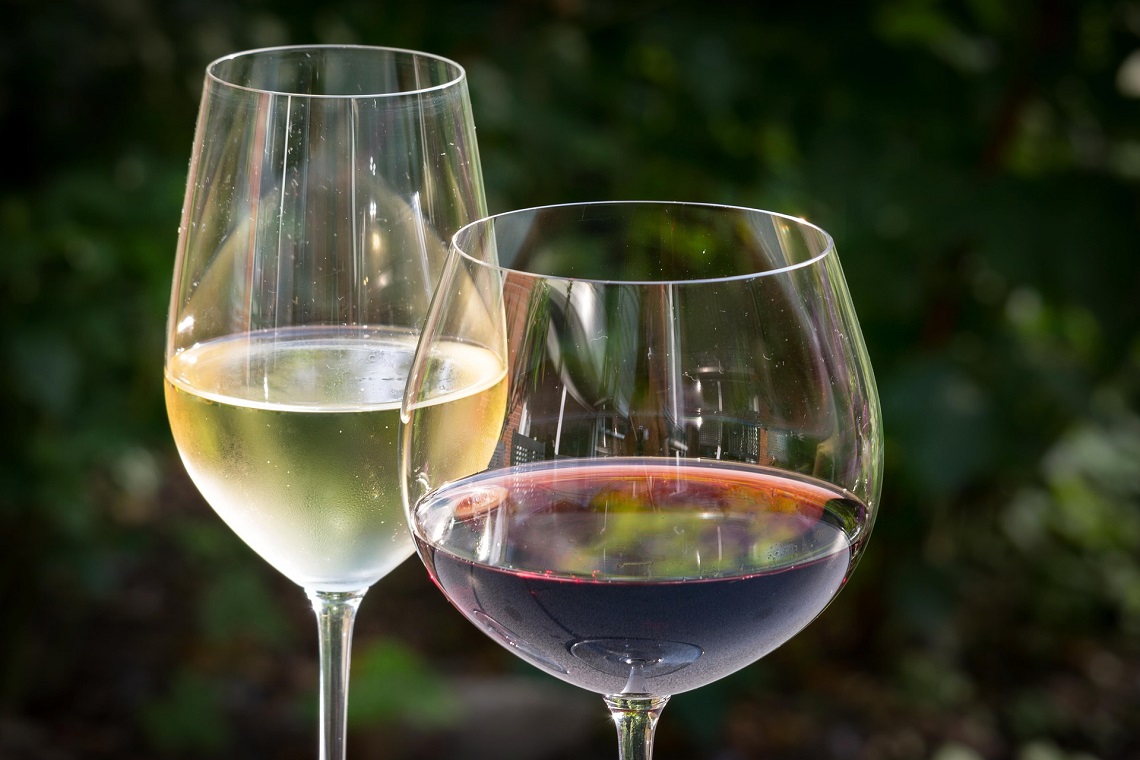Wine Intelligence’s latest research into wine packaging formats in the Australian market shows that awareness for alternative packaging, like wine in cans, is noticeably increasing, but not at the same rate as purchasing.
In the past three years, Wine Intelligence said the number of shoppers who are aware of wine in a can has increased. However, in those shoppers who are aware of wine in a can, the conversion rate to purchasing is actually declining – meaning less people are choosing to buy after they find out that canned wine is an option.
Wine Intelligence’s Lulie Halstead wrote: “In a wine category dominated by the ubiquitous 75cl [700ml] bottle, alternative formats such as casks had carved out a more niche position with Australian drinkers seeking value for money and volume. In addition, the more recent appearance of wine in cans in the market has been primarily associated with the relatively occasional on-the-go moments in consumers’ lives.”
2020 has increased customer awareness of alternative wine packaging formats in Australia and helped them become more mainstream in consumer minds. With people often reevaluating their consumption habits and behaviour during the pandemic, wine in a can is an option to assist portion control and product longevity.
This is a trend that has been happening internationally, but the difference is that in some other countries, this awareness is translating to sales at a higher rate than Australia.
Wine Intelligence’s Richard Halstead noted that in the USA and Canada: “the rate of change of purchase of cans has doubled since 2017” and there’s an additional growing proportion of consumers who say they would consider buying canned wine if it was available in the product they wanted.
So the big question remains: why aren’t more Australian shoppers buying wine in a can?
Like all alternative wine formats in the Australian market, a large constraint lies in how local shoppers habitually prefer the standard bottles, and that this is an influence that is more prevalent here than other countries.
Lulie Halstead wrote: “The main barrier to purchasing alternative packaging formats is the long-standing and habitual preference for standard glass bottles, with these being even more dominant in Australia than in other comparable established markets.
“Casks continue to perform well in the Australian market, with a significant increase in awareness of smaller casks since 2017. However, casks of all sizes remain primarily associated with value for money and lower quality wine – a legacy they are yet to move away from… Smaller format bottles continue to be seen as delivering comparatively poor value for money, whilst magnums are seen as less practical and portable.”
The opportunity to change this lies in the younger millennial demographic of shoppers, who Wine Intelligence notes are more likely to buy alternative formats once they are made aware of it. At present in Australia, the older market is more over represented in terms of those who have awareness of wine in a can, but are less likely to buy.
Producers of wine in a can are supporting this opportunity, with packaging and wine styles that appeal to millennial consumers – it’s just a matter of surfacing these products to those shoppers in store to best leverage the opportunity.

